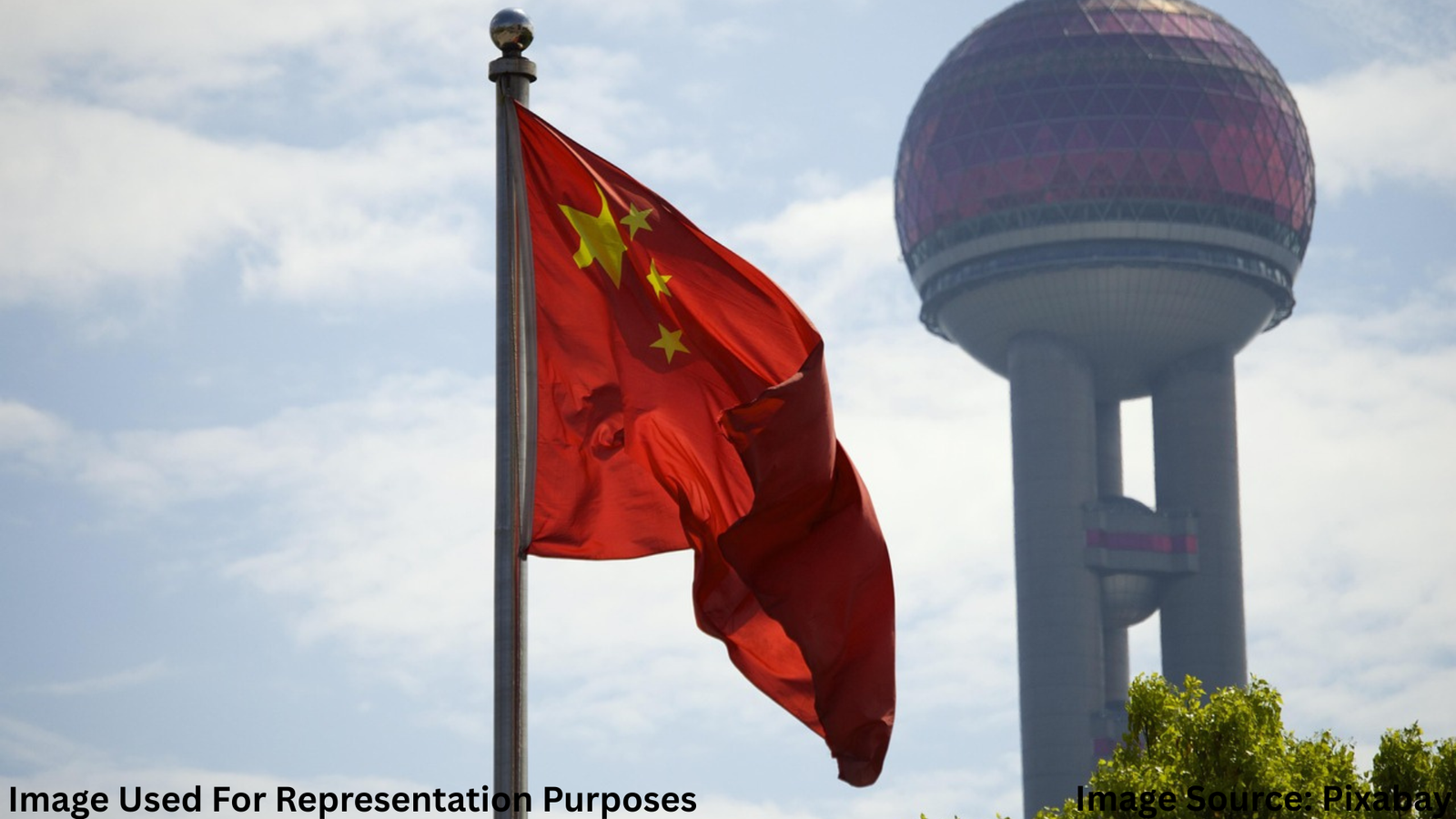
When China’s Savers Struggle with Rising Debt Pressures
China savers face hidden debt describes a growing financial paradox. Despite a culture of saving, more Chinese households now carry large balances of debt. This shift reflects changing lifestyles, new credit tools, and rising costs—creating tension between long‑held thrift and modern financial demands.
The Cultural Legacy of Saving and Its Limits
Traditionally, Chinese families placed strong emphasis on saving. Elders passed along advice to build a rainy‑day fund, avoid debt, and stay financially secure. But in recent years, easy credit and aspirational spending have changed behavior. Now, many Chinese people save regularly—but also borrow heavily to meet daily needs or lifestyle goals.
A Young Professional’s Story in Shenzhen
Li Wei worked hard in Shenzhen’s tech sector, saving every month from her salary. She kept investing in her personal emergency fund. Yet when she upgraded her smartphone, took a vacation, and paid for a relative’s medical bills, she ended up using multiple micro‑loans. Her savings remain, but her debt is closing in.
What’s Driving the Hidden Debt Surge?
The rise in debt isn’t rooted in overspending alone. Mobile lending apps, credit card promotions, and “installment now, pay later” plans encourage small borrowing for nonessential purchases. Meanwhile, essential costs—education, housing, health care—are rising faster than incomes in many cities.
Trump Slowing Electric Vehicle Growth: Impact and Future Outlook
The Middle‑Class Squeeze
Professionals in Guangzhou, Chengdu, and beyond describe the same story: strong incomes coupled with high rent, tuition, and healthcare costs. One middle manager shared that even with six months of living expenses saved, monthly obligations still outweighed take‑home pay, forcing reliance on loans.
Debt Statistics vs Saving Habits
Data shows that China still has a high household savings rate on paper, far above many developed nations. Yet consumer credit growth has accelerated sharply. Younger generations in bigger cities tend to borrow disproportionately—often outpacing their total savings by the time they reach their thirties.
Why the Paradox Grows
Saving culture remains ingrained, but rapid urbanization and digital finance blur the lines. People continue to sock away money for long‑term goals like kids or property. At the same time, borrowing becomes a fast response to short‑term pressures—creating the dual reality of savers drowning in hidden debt.
Real Consequences for Personal Well‑Being
Many report stress, sleepless nights, and anxiety over mounting balances. The mental load of juggling saving goals while carrying loans impacts relationships and life decisions—like delaying marriage or buying a home. A young teacher in Wuhan confessed that despite her savings, she felt financially trapped by monthly loan payments.
Spending vs Saving Behavior Shift
Small lending platforms normalize borrowing for daily life. Users share that easy credit makes it easy to overspend—even on small items like meals out or trendy clothing—without realizing how quickly debt accumulates.
Advice for Navigating the Balance
If you sense the China savers face hidden debt reality in your own life, here are steps that can help:
- Review all debts monthly to understand interest and totals.
- Pay down high‑interest consumer credit first.
- Maintain a separate emergency fund from your debt payoff plan.
- Resist impulsive credit offers, especially small fintech loans.
These strategies can help restore control over daily finances and reduce stress over time.
Macroeconomic Effects of the Paradox
China’s overall debt‑savings mix stimulates different economic risks. High consumer debt may curb discretionary spending. Meanwhile, oversaving without productive investment can limit domestic consumption—slowing growth. Policymakers are increasingly cautious, aiming to discourage risky lending while promoting healthy financial habits.
Early Policy Moves
Regulators are imposing tighter rules on online lenders, limiting interest rates and transparent disclosures. Community centers offer debt literacy programs. Financial institutions emphasize responsible lending to younger users to avoid future overload.
The Path Toward Balance for Families
Households should retain traditional saving values while adopting critical awareness of credit. Use debt only strategically—such as for investments or emergencies—and keep it manageable. Merge savings and debt plans in your budget to ensure one doesn’t undermine the other.
Older generations can support younger ones by sharing budgeting wisdom and guiding responsible borrowing habits. Together, both saving and mindful borrowing can ensure resilience in changing times.
Conclusion
The term China savers face hidden debt highlights a tension many feel today: saving remains respected, yet debt quietly grows. While the culture of frugality lives on, hidden borrowing is increasingly common. With thoughtful habits, awareness, and realistic budgeting, households can overcome this modern paradox—and build financial stability amid evolving pressures.

Akalumhe Jefferson is a content writer with a new found interest for crafting engaging stories that transport readers to new worlds. Although no current actual background in creative writing but there’s active love for writing



